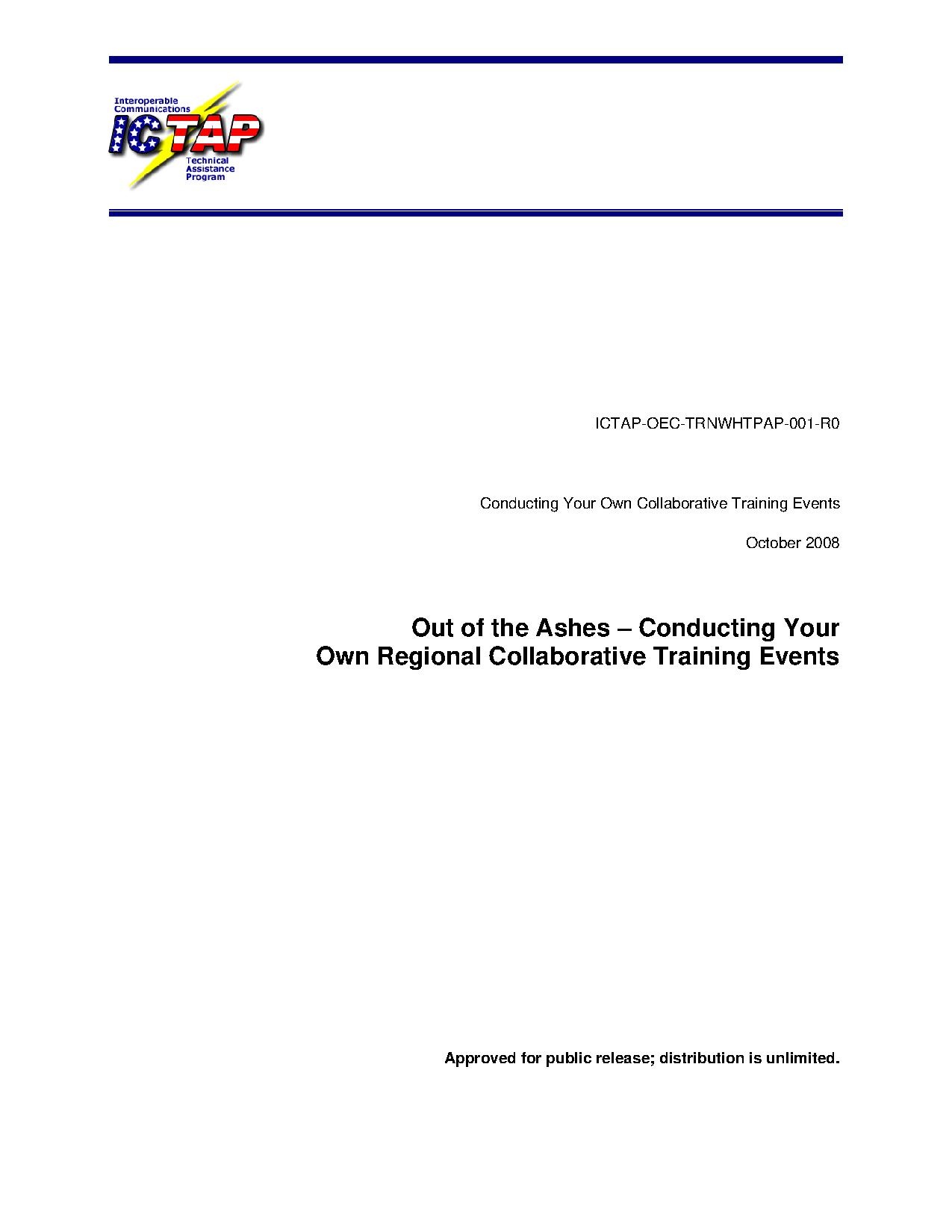Overview[edit | edit source]
Recent ice storms created yet another disaster, one that affected several states and left thousands without power. Disasters often bring out the best in communities. Disasters also bring a variety of responders. During this recent disaster, a local organization opened its doors to provide heat and shelter to residents needing it. Local merchants supported this work with groceries and other supplies. After a few days, an outside NGO responded, and shut down the shelter set up by the local organization. While the NGO was following established procedures, it terminated the work of the local organization and people, who will still be in the community long after the NGO has loaded their trucks and departed.
Local relationships (between the organization and merchants) were effective in meeting the immediate needs of local residents impacted by the disaster. These relationships had been established during daily life. The relationships that would enable effective collaboration with the responding NGO had not been established.
Collaborative training events are low-cost training and education opportunities organized from the bottom up by the agencies, organizations, and vendors willing to participate. The bottom up organization and focus helps community and regional organizations leverage their training objectives, training budgets, personnel, equipment, and relationships to improve their ability to respond and recover from a disaster.
Out of the Ashes – Conducting Your Own Regional Collaborative Training Events provides the basic information, attributes, methods, and procedures necessary for any community to plan for and conduct their own collaborative training event.
Problem Statement[edit | edit source]
Every community faces potential disaster. Whether earthquakes, floods, wildfires, pandemic influenza, hurricanes, severe weather, chemical spills, or terrorist attack; every community must prepare to respond with all of the local, regional, state, and national resources available to them. While “relationships” between these various agencies and organizations exist on paper, they are seldom provided the opportunity to grow into strong personal relationships capable of building and maintaining a resilient social fabric.
Communities may participate in exercises, but these are often very expensive and tied to disbursement of money critical to resource acquisition. The importance of passing the exercise at all costs (avoiding the reality or perception of failure) leads to tightly scripted and controlled training that fails to identify or fix critical gaps or develop effective interagency working relationships. First responders may not have time to develop and renew strong interpersonal and interagency relationships that allow disaster response leaders and operators to perform quick resource integration during a crisis.
Children may be separated from their parents. Pets may be separated from their owners. How are the children cared for during disaster response and recovery? How do workers return to perform essential tasks when they have to ensure their children are cared for? What is impact of leaving pets behind? Will their owners refuse to be evacuated? How do you reunite children with the right family member, not some predator? These are common situations every community must deal with to respond to and recover from a disaster.
Solution[edit | edit source]
Cities, towns, and villages routinely address a variety of challenges on their own and in collaboration with others. Collaborative training events allow communities to plan and prepare for disaster response and recovery with disasters they are likely to face. The planning process and training event provide a no-fault venue to practice interoperable communications (voice and data), become familiar with supporting agency personnel and procedures, and build relationships with local, regional, and national organizations and agencies.
In addition to traditional participants, consider inviting nontraditional participants. These could include, but are not limited to, NGOs, vendors, diplomatic services, and military participants. The relationships and education gained improves integration of valuable capabilities and services during disaster response and recovery.
The attached white paper identifies the personal and organizational attributes, methods, and procedures necessary for anyone and any organization with the will and supporting circumstances to propose, plan, and conduct a collaborative training event. The attached Golden Phoenix 2008 After Action Report documents the many best practices and lessons learned from the most recent collaborative training event, the third in three years.
Steps[edit | edit source]
2. Document and discuss what you want to achieve with your collaborative training event.
3. Review the Golden Phoenix 2008 After Action Report, which can be viewed at [1]
4. Begin growing and maturing content for collaborative training events.
5. Develop sub categories addressing communications, child care, and other key areas affected during disaster response and recovery.
